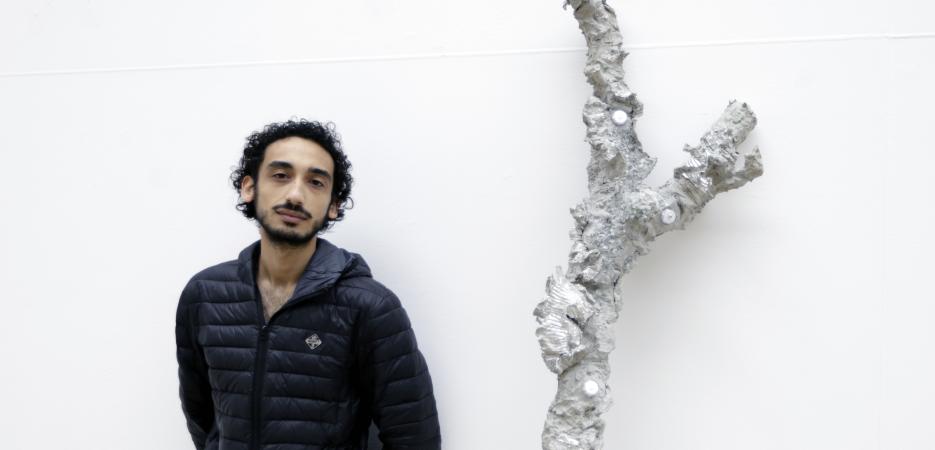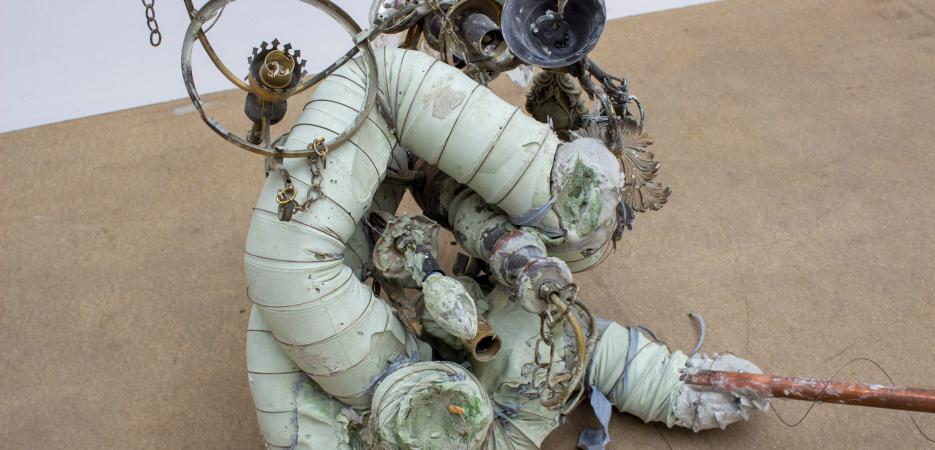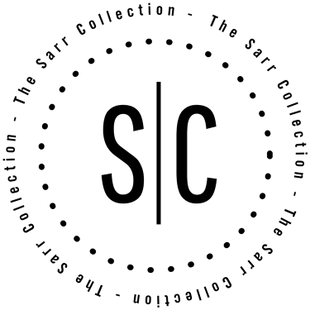- Museums
- Visual Arts
- CHI
Visual Artist
September 9 - October 8, 2022

Pierre Alexandre Savriacouty

Pierre Alexandre Savriacouty
“The items are captured by the setting of cement and are forced to stay at the bottom of the water. Through this sculptural process, produce pieces that become mental and recollective anchors.”
I am interested in the technical and spiritual dimension of humans and how they have managed to create brand new worlds and materials. My work is a way of communicating between these worlds; my creations are immaterial portals between beings. In this process, I explore issues about disappearance, matter and its spirituality, the living world, remains, memory, and places of transit.
I work on ephemeral devices linked to places or temporalities that are articulated around a project: Iceberg process. My pieces become transversal modules operating in different contexts, passing from an installation, to text, to video, and to theater. I seek to bring my practice towards an autonomous whole, close to the rhizome with its own language and its means of representation.
To classify icebergs, scientists label them by their origin and the number in circulation. When fragments of an iceberg break loose (daughter fragments), they are named and classed based on their mother iceberg’s code. In 2010, iceberg B-15, which is still circulating, gave birth to nine blocks, B-15B, B-15F, B-15G, B-15J, B-15K, B-15N, B-15R, B-15T, and B-15V. I use this procedure to classify my fields of research and then my module works. My work fragments are like a huge family tree. These fragments melt, spread, and connect with other worlds — real, spiritual, past, and future.
Born in 1993, Pierre-Alexandre Savriacouty is an artist of French and Madagascan origins. He is a graduate of Montpellier’s School of Fine Arts, where he collaborated with stage director Rodrigo Garcia. In 2018, he became a student at the French School of Fine Arts in Paris. He is a laureate of the 2021 SARR prize, and his work has been exhibited at FRAC Ile-de-France Château de Rentilly (in 2020) and at the Saint Paul de Venice International Biennale (in 2021).
The Sarr Prize was created in 2021 as part of a partnership between the Beaux-Arts de Paris and the Sarr Collection. After analysis of the applications by an international jury, three grants are awarded to students in recognition of the quality of their artistic approach and to help them in their professionalization process. One of the winners also benefits from a one-month residency in Chicago within the framework of the Villa Albertine. Pierre-Alexandre Savriacouty has been selected for this residency in 2022.
Since 2017, I have been working on a research territory called R-1. The genesis of this work goes back to the summer of 2003: a river had dried up and the water level had gone down so far that I could see a multitude of waste that had been hidden before. Washing-machine drums, boots, and waste of all kinds were bogged down in the mud. This scene left a strong impression on me. Four years ago, I started using cement to weight materials that are supposed to float up to the surface of water, like polystyrene and cork, as well as objects that are designed to be hung up, like chandeliers.
The items are captured by the setting of cement and are forced to stay at the bottom of the water. Through this sculptural process, I make pieces of work that become mental and recollective anchors. In addition to the geological features, I have incorporated into these anchors, I have used chandeliers — cultural artifacts with strong emotional force that can sometimes span several generations. Binding them in cement is my way of protecting memories tied to them. In a more poetic sense, this lights up ocean depths — places usually deprived of light.
This field of exploration has also led me to work on the deterioration of matter over time and climate change, the memory of places, petrification, the issue of waste, disappearance, and the capacity of water to reveal, conceal, and destroy. I have decided to extend this work by relating it to Chicago’s social and geographical history, and to the water of the Great Lakes, which form the world’s second-biggest volume of fresh water.
In Chicago and on Lake Michigan, my research into aquatic environments could be applied to cover broader social and environmental issues. By taking the R-1 research territory, I hope to link, through an artistic practice, individual memories with a sedimentary take of natural or industrial materials in contact with water and its environment, thus constituting a geological and thus collective history.
The development process would begin with an in-depth study of the lake, followed by meetings with residents of various Chicago neighborhoods. The project is to multiply the memorial and geographical samples in the form of objects, testimonies, molds, writings, photos, and drawings and to use them to aggregate them in the anchors.
Alongside this gathering of accounts, my work with anchors regarding the deterioration and sedimentation of matter through climate change and the issue of waste will carry on. For these anchors, I will study the environment specific to Lake Michigan and collect natural, organic, and industrial objects on my outings on the lake. I will work on these using water, sand, and soil from the site. These two paths of research will be connected via the cement hold. They will form anchors that become sculptures in which historical and natural items produce delicate, temporal, aquatic precipitates.
Like a rising sea that would carry everything in its path without distinction, the almost haphazard nature of the setting of the cement and water puts all the elements that make up my sculptures on the same level. Through these anchors, I wish to generate another reading of the present and the past without hierarchy where biodiversity, the great history of the American Middle West, the American Indian and African-American history as well as references to the different divinities linked to water in all these cultures are mixed together.

Beaux-Arts de Paris
Founded in 1817, the Beaux-Arts de Paris is both a publishing house and a center of artistic training, experimentation, exhibitions, and conservation of historical and contemporary collections. The Beaux-Arts de Paris trains high-level artists and is an essential part of the international contemporary art scene.

SARR Collection
Catherine and Mamadou-Abou Sarr passionately collect and support Art Initiatives and institutions in the U.S., France and West Africa. With a large focus on contemporary photography, the SARR Collection spans over seventy years of production, crossing over into mediums of painting and sculpture with work from iconic artists but also focusing on emerging artists. In 2021, they created the SARR Prize in partnership with Les Beaux-Arts Paris to support and empower artists at an early stage in their practices.

6018|North
Founded in May 2011, 6018|North is an artist-centered, sustainable, nonprofit platform and venue for innovative art and culture. Located at 6018 North Kenmore in Chicago’s Edgewater neighborhood, 6018 North encourages artists to collaborate and reconfigure its intimate space. This intimacy allows artists and audiences to connect in transformative ways. At home and away in other non-traditional spaces, 6018North’s site-specific exhibitions and events include artists performing, creating installations, and directing communal engagement events.